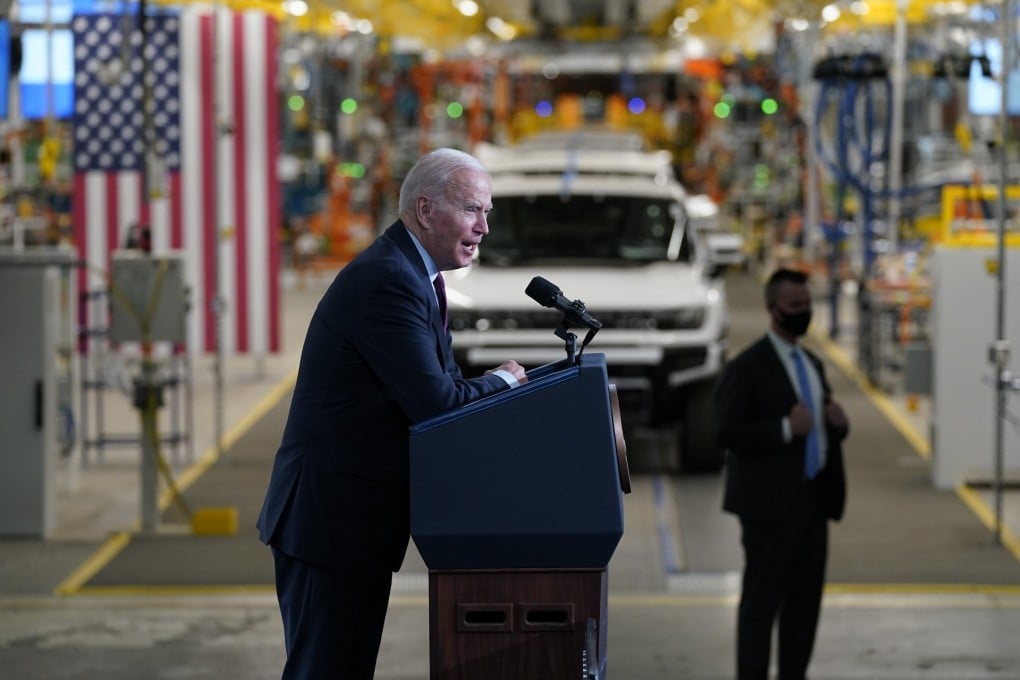The View | Why an erratic Fed could pose biggest risk to global economy in 2024
- Given the US bubble economy, a rising fiscal deficit and foolish behaviour of markets, the Federal Reserve faces a tough balancing act
- It has already had to walk back some dovish statements, and further policy mistakes risk damaging the entire world

The Fed is on schedule to trim its balance sheet by another US$1.1 trillion next year. There will, without doubt, be financial incidents and an erratic Fed would only make things worse. This could be the biggest threat to the global economy in 2024.
The US government borrowed US$2 trillion from the public in the 2023 financial year. The Congressional Budget Office predicts a fiscal deficit of at least 6 per cent of GDP every year over the next 10 years. The expectation of declining interest rates will help the government to borrow enough to keep things running, which was probably the primary motivation behind the Fed’s change of tune.
The US market welcomed news of the Fed’s dovish stand. If the current bubble expands for a few months, inflation is sure to become a more serious issue. Rising paper wealth will lead to more spending. This is a constraint on what the Fed could say. It had to turn around and pour cold water on the market. The Fed needs to ensure the bubble is not too hot or too cold to maintain a stable and growing economy.


